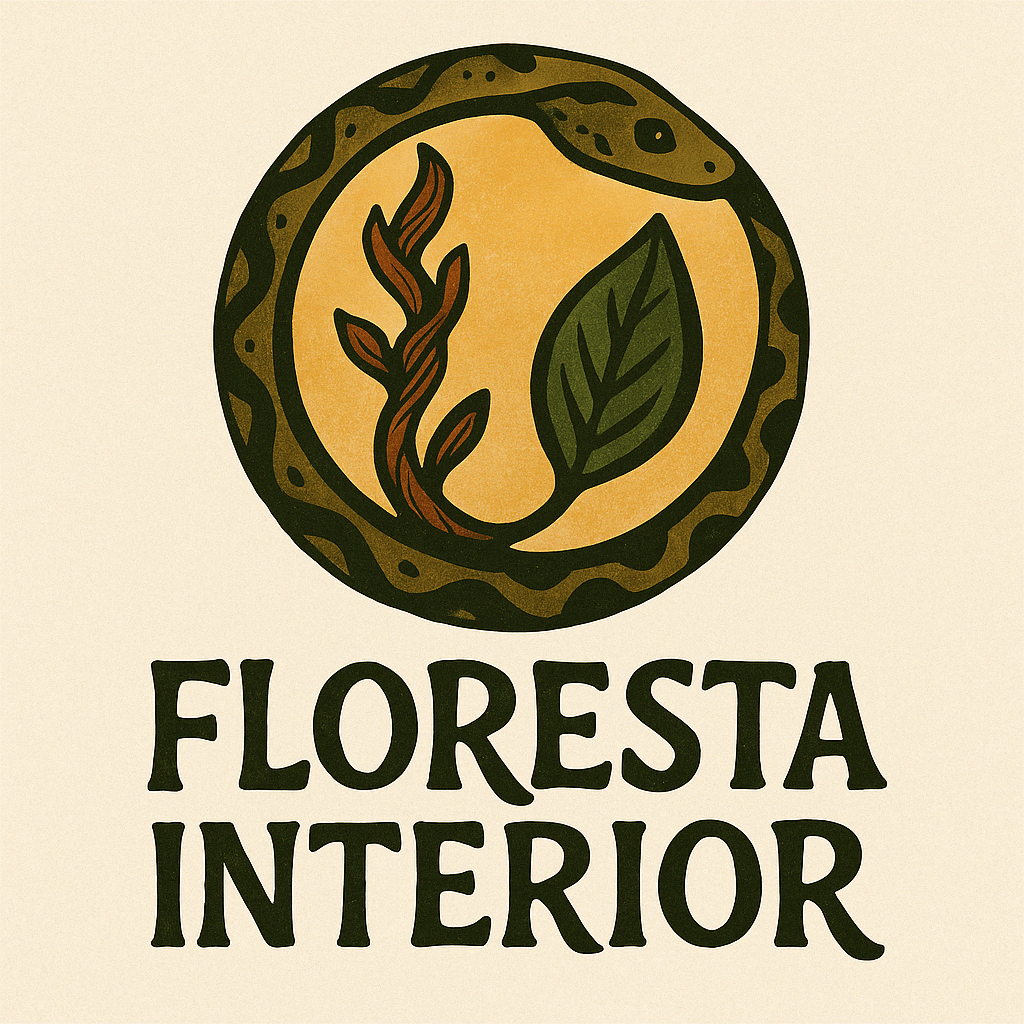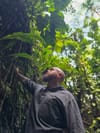Psychology and Ancestral Medicines: Paths That Meet
How psychology can support healing after ayahuasca and ancestral plant medicine rituals. A space for integration and emotional grounding.
Two languages, one calling
For a long time, psychology and ancestral medicines walked separate paths. One emerged from academia, shaped by analysis and theory; the other from the forest, carried through song, ritual, and deep listening to nature. Today, these two languages begin to meet — and when they do, something powerful awakens.
Mind beyond the mental
Psychology has evolved. Transpersonal, Jungian, and phenomenological approaches have opened space for the symbolic, the mystical, and the expanded states of consciousness. When psychology meets forest medicine, it doesn't lose its structure — it expands, recognizing that the psyche also lives in dreams, in rhythms, in chants, and in the plants.
Wisdoms that complement each other
Indigenous peoples hold centuries of experience in emotional, spiritual, and communal transformation. Forest medicine does not split body from soul, nor personal pain from the collective. In dialogue with psychology, these traditions don’t need to be translated — they need to be honored, listened to, and welcomed with humility.
The psychologist’s role in this meeting
The psychologist serves as a bridge between the symbolic world of the ceremony and the practical world of daily life. Their role is not to tame the force of the medicine, but to support integration with presence and clarity — walking beside, not ahead. They offer tools, listening, and space for the experience to unfold into transformation.
An integrative future
The convergence of psychology and ancestral medicines points to a more sensitive, ethical, and soulful future. A future where health is not just absence of illness, but presence of meaning. Where care grows from the roots of the earth and reaches toward the unseen. Where science and spirituality no longer oppose each other — but walk together.

